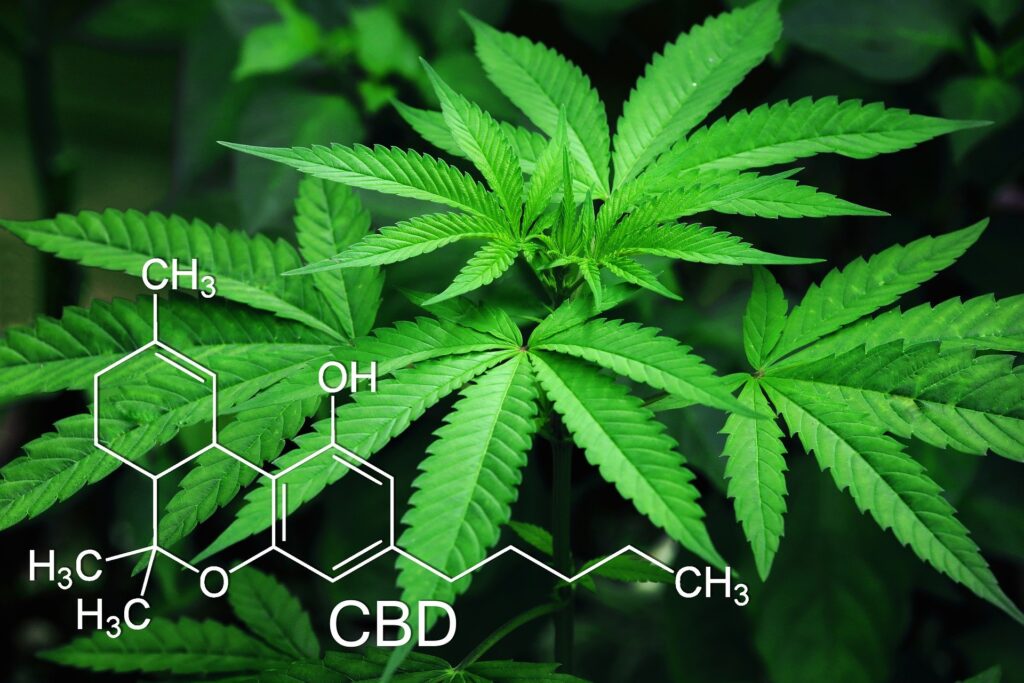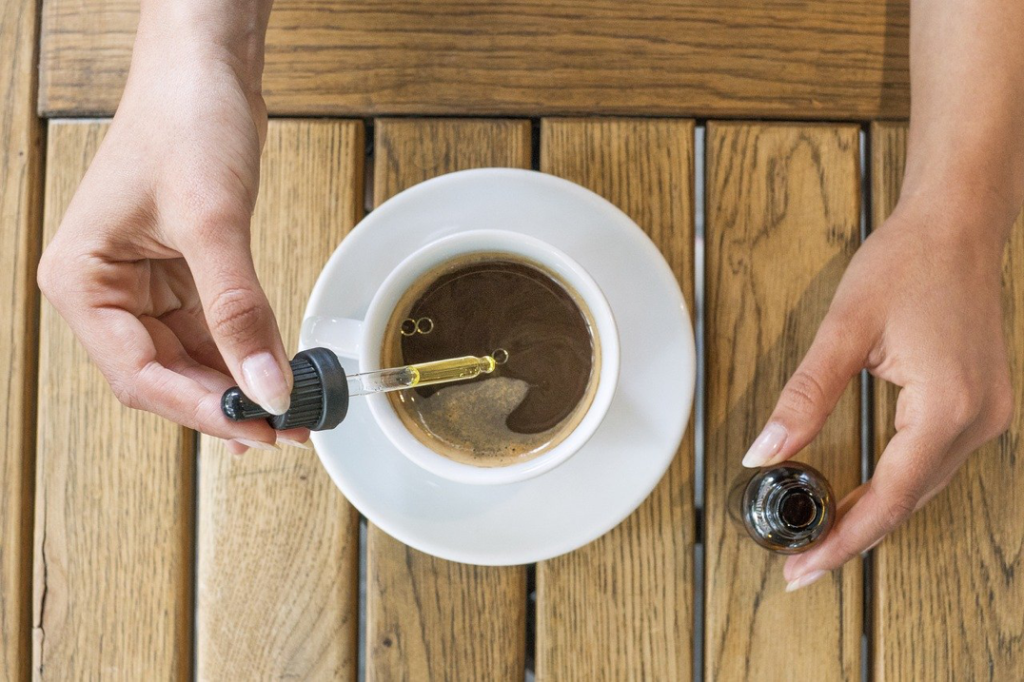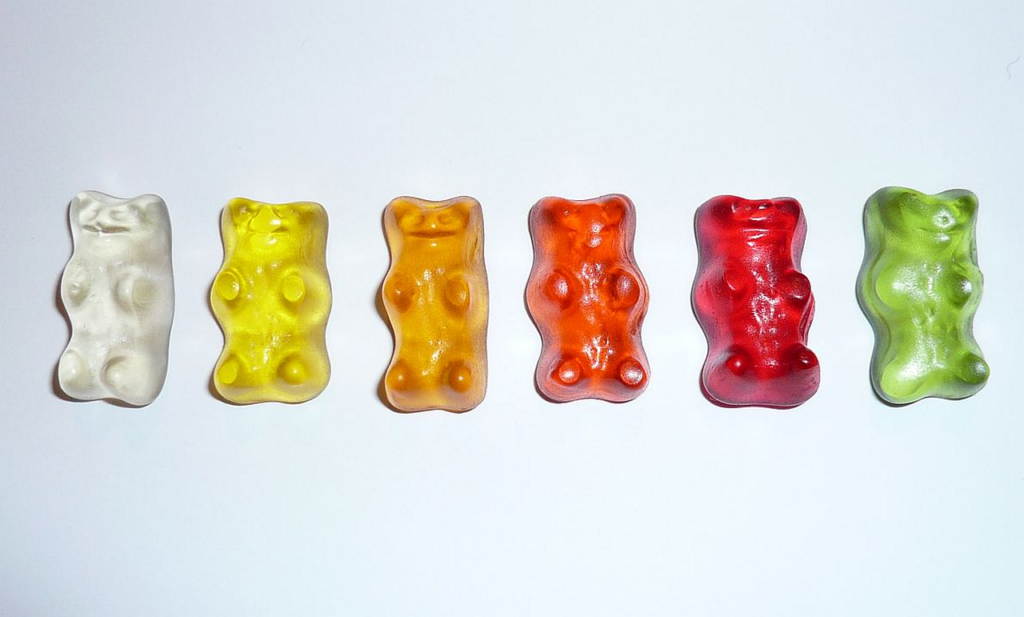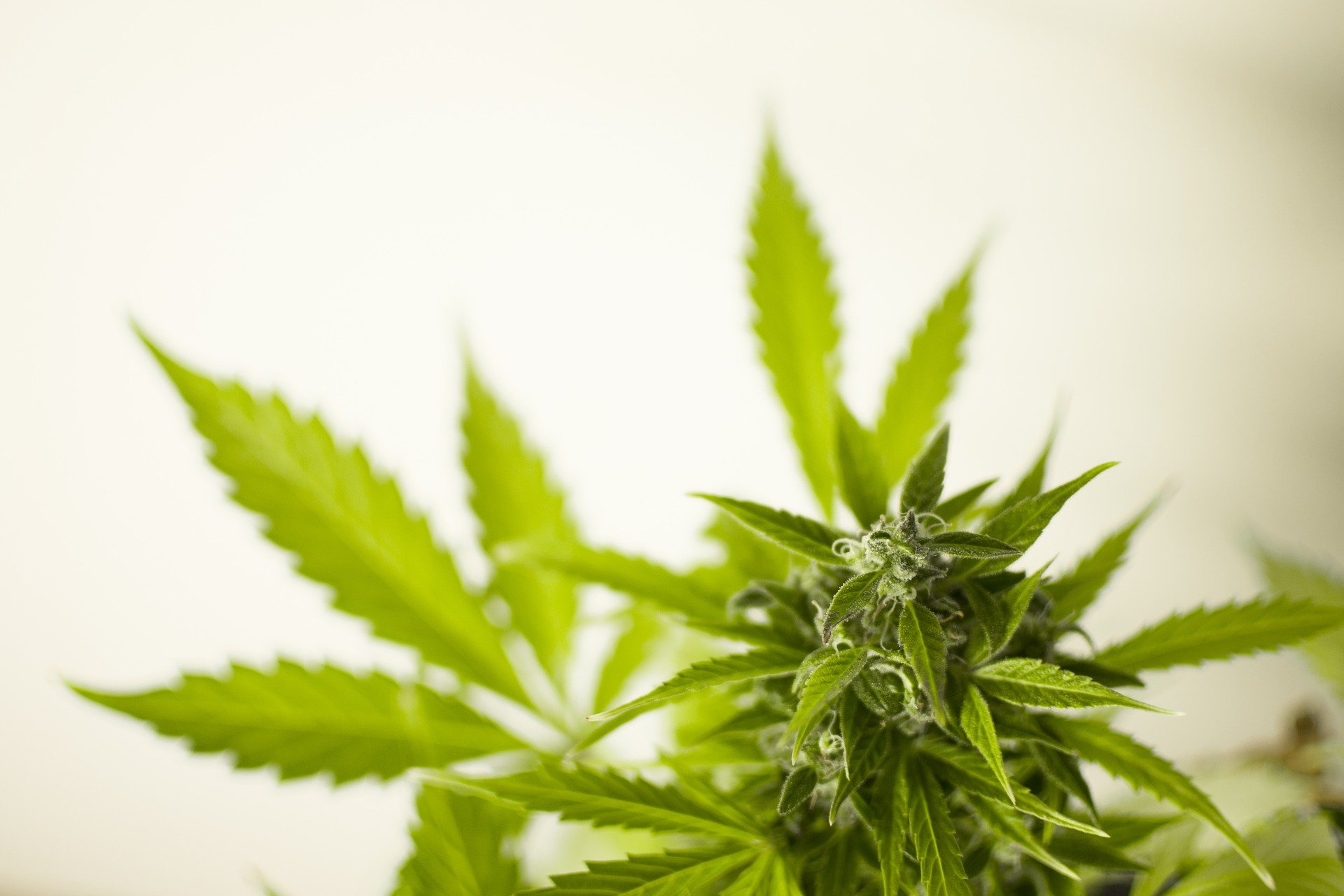Cannabis is becoming one of the most commonly used drugs. Today you can find it as one of the ingredients of several products as well. Several users in the United States use the substance for medicinal and recreational purposes.
Cannabis has been an integral part of ancient civilizations for centuries. Now, it is becoming one of the most commonly used drugs worldwide for medicinal and recreational purposes. As cannabis is becoming legalized in many countries, the market share of cannabis is also soaring high. Thus, cannabis is emerging as an essential part of the cultural, social, and health landscape.
Cannabis refers to the drug that is extracted from the Cannabis Sativa plant. The flowers of this plant are cultivated and dried to obtain a popular drug called weed or pot. The two most common plants that belong to the Cannabis Sativa family are marijuana and hemp.

The difference between these plants is in their composition. Marijuana contains a high amount of THC (tetrahydrocannabinol), while hemp contains only minute amounts of THC (not more than 0.3%). THC is the chemical compound that directly affects the mental state upon consumption.
Cannabis (marijuana or hemp) can be termed a depressant drug that can slow down the central nervous system. Thus it affects how your brain communicates with the body. That’s why, after consuming cannabis, you get a feeling of relaxation. The primary reason why people use it recreationally is because of the sense of calmness it gives.
Components of cannabis
Naturally, there are about 120 chemical compounds that are present in cannabis. They are called cannabinoids. Research doesn’t reveal the use of each of them, but the two are more prominent than others. These are THC (tetrahydrocannabinol) and CBD (cannabidiol).

THC: This is the psychoactive chemical compound present in the cannabis plant. It interacts with the endocannabinoid system of our body.
CBD: CBD is a non-psychoactive chemical compound present in the cannabis plant. It’s most commonly used for medicinal purposes as it can ease inflammation and pain. It can also reduce anxiety, migraines, and seizures.
There are a variety of products that contain both or any one of them.
Medicinal uses of cannabis
Over the years, there has been much research that revealed the benefits of cannabis on our bodies. While some studies have agreed on a common point, some are still in a developmental phase. Till now, studies suggest that medicinal marijuana can treat several disorders or diseases. Some of them are:
- Alzheimer’s Disease: Research shows that monitored consumption of marijuana can positively affect the patient suffering from Alzheimer’s.
- Glaucoma: As per studies, cannabis can help manage glaucoma as it reduces the eye pressure upon consumption.
- Epilepsy: Patients who have taken a recommended dose of cannabis agree that it has reduced their duration and intensity of seizures. However, there is only a little scientific evidence that proves it.
- PTSD (post-traumatic stress disorder): According to a 2020 study, cannabis can potentially reduce the symptoms of PTSD, at least for a short time.
How to consume cannabis?
There are many ways you can consume cannabis. Newer methods of enjoying cannabis are coming in due to its growing popularity. Here are some of the most common ways you can consume cannabis:
- Pills: These pills use marijuana suspended in a base of oil. It is a preferred way to ingest cannabis as it doesn’t affect the respiratory system. Also, it provides an accurate dosage of marijuana upon consumption.
- Tinctures: Cannabis tinctures use alcohol or oil-based mixture as a blending solvent. These can be taken sublingually (below the tongue) or through any other recipe. Tinctures are mixed directly into the bloodstream and have a lasting effect on the body.
- Edibles: When you consume cannabis with any other food item, it is called edibles. Pot brownies, candies, or snacks are some of the common examples. This type of cannabis consumption takes time to show its effect but usually lasts longer than other forms.
- Oils: Cannabis oils contain a more significant portion of CBD and minute portions of THC. After its consumption, you won’t feel any psychoactive effect (feeling of ‘high’). These are generally consumed to treat a variety of disorders like sleeplessness, anxiety, seizures, etc.

- Vapes: Cannabis vapes are becoming popular due to their compact size, lower risk, and lesser smell. It gives more intense experience as the cannabis gets de-carb (or activated) during vaping.
- Topical creams: Cannabis has active anti-inflammatory properties and is useful in reducing pain too. CBD topicals are directly applied to the skin. It doesn’t have any psychoactive effect, but it gives relief to the affected skin.
- Gummies: Chewing gums (or gummies) is another excellent way to enjoy the benefits of cannabis. It offers pain-relieving properties without making you high. CBD gummies have shown its effectiveness in treating chronic pain disorders such as fibromyalgia and IBS.

Effects of cannabis on the body
Consuming cannabis can have both long-term and short-term effects. Some of them are healthy, while some of them are adverse.
The short term effects of cannabis are as follows:
- Relaxation
- Calmness
- Giddiness
- Improved appetite
- Increased awareness of surroundings such as light, sound, etc.
However, there are some adverse effects of consuming cannabis also:
- Nausea
- Lethargy
- Paranoia
- Reduced blood pressure
- Anxiety
- Imbalance in coordination
Conclusion
Cannabis is growing popular due to all the right reasons. It comes in many forms, such as CBD gummies, tinctures, concentrates, pills, etc. Further, many studies suggest that it can have a positive effect on the human body. It can help reduce pain, seizures, anxiety, and ease PTSD. To sum up, cannabis holds the potential of being a healthy alternative to many mainstream medicines.
